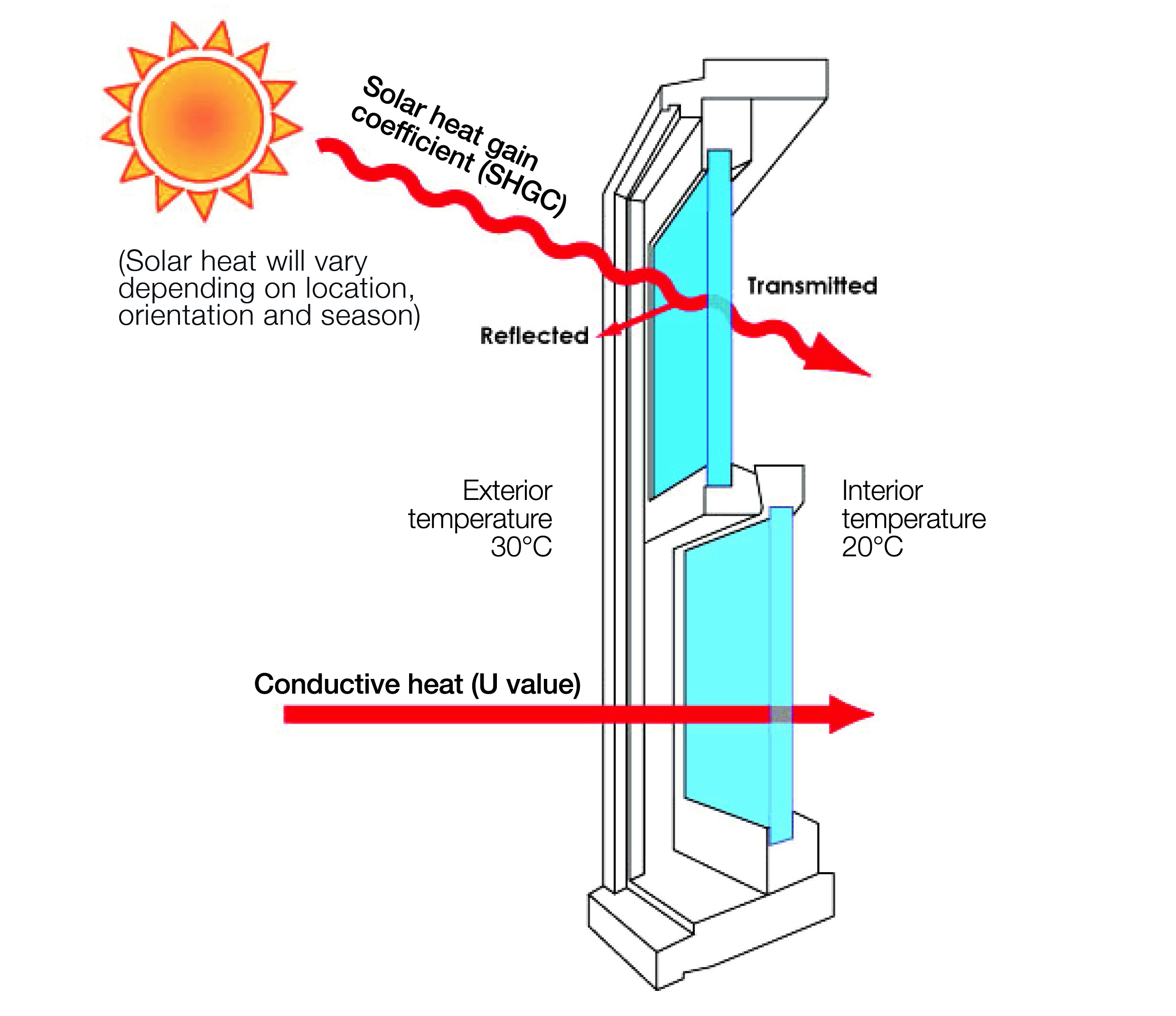All Categories
Featured
Table of Contents
Top 10 Tips To Keep Your Home Cool in Joondalup WA
Laminated glass is often used in areas in the house most vulnerable to injury from human effect such as restrooms, doors, around staircases and in locations near to the flooring (it fulfills the requirements of 'safety glass' that is mandated for use in these areas by Australian Basic AS 1288 Glass in buildings).
Toughened glass has actually been 'tempered' by being reheated and rapidly cooled once again. This procedure makes it much more powerful than basic glass it can withstand greater impact loads before breaking. It likewise makes it much safer since, when it does shatter, it burglarizes lots of little cubic pieces rather than unsafe shards.
Double Glazed Windows – Their Amazing Benefits For ... in Willagee Western Australia
Toughened glass has no thermal or acoustic advantages over other glass of the exact same toning or thickness. Secondary glazing is where single-glazed windows are retrofitted with a transparent acrylic or glass sheet connected to the inside of the frame or openable sash with a secondary frame or with magnetic strips.


Secondary glazing will not carry out too thermally as a manufactured IGU, since it is difficult to totally seal the perimeter, however it can provide excellent noise control. Window films are a thin polymer film including a soaking up dye or reflective metal layer, with an adhesive support. They stick to your glazing to alter its colour or make it reflective.
The Surprising Benefits Of Double Glazing In The Summer ... in Wexcombe WA
Applied to existing glass, some window films can cut in half the overall SHGC of the window by soaking up and/or showing solar radiation. This can be especially advantageous in hotter climates where cooling is the main concern, or on east and west elevations directly exposed to long durations of sunshine. However, window movies may also minimize noticeable light transmittance.

For this reason, it is usually best to utilize a certified installer of window movie. Frames have a considerable influence on the thermal performance of doors and windows, due to the fact that energy can be gained and lost through the frame, as well as through the glass. Various types of frame will permit various levels of heat gain and loss, so mindful choice of frame is necessary for efficient passive design.
Double Glazed Windows Sydney in Eden Hill Western Australia
Aluminium is likewise a very excellent conductor of heat and will decrease the insulating worth of a glazing unit, unless particularly engineered to decrease this. A 'thermally broken' frame is comprised of 2 aluminium sections connected by a structural insulator (generally a low-conductivity structural polymer). This 'breaks' the thermal connection through the aluminium and minimizes the heat flowing through the frame.
Wood frames are a good natural insulator that can suit some house styles. Timber frames must be made from species that have naturally high toughness or be dealt with to prevent decay and contortion.
Benefits Of Replacing Double Glazing Windows In The Summer in Bickley Western Australia
(weather removing) is set up.
u, PVC windows and doors have exceptional thermal efficiency Image: Ben Wrigley (Light House Architecture and Science) Composite frames utilize aluminium profiles on the external areas with either a lumber or u, PVC inner area. These integrate the low upkeep and durability of aluminium with much improved thermal performance.
Table of Contents
Latest Posts
How Are Double Glazed Windows More Energy Efficient? in Helena Valley Perth
Why Should You Have Double-glazed Windows This Summer? in Secret Harbour WA
Double Glazed Windows Brisbane in Mosman Park Western Australia
More
Latest Posts
How Are Double Glazed Windows More Energy Efficient? in Helena Valley Perth
Why Should You Have Double-glazed Windows This Summer? in Secret Harbour WA
Double Glazed Windows Brisbane in Mosman Park Western Australia